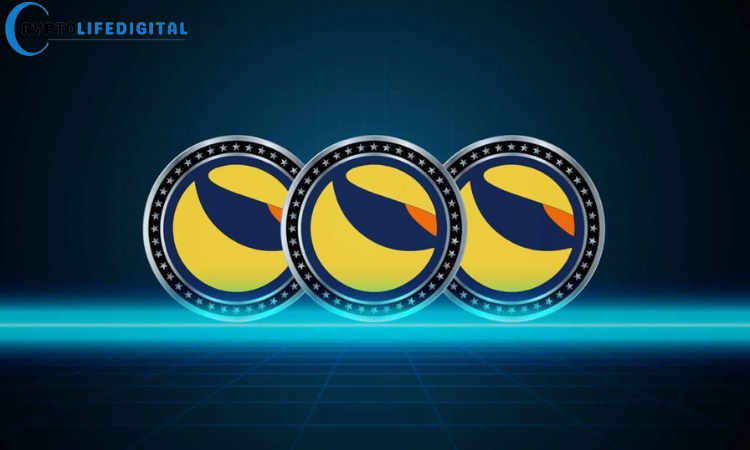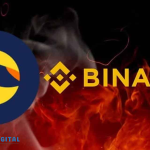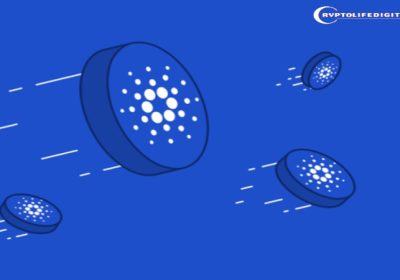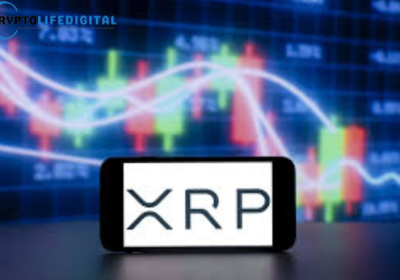Terra and LUNC: Circulation, Supply, and the Road Ahead

The Terra ecosystem, once a cornerstone of the crypto industry, has undergone significant changes since its restructuring following the infamous collapse of Terra Classic (LUNC). With ongoing developments and active community involvement, the data surrounding Terra and LUNC provides valuable insights into their current states and future trajectories.
Read Also: Unlock LUNC’s Potential with Liquid Staking on Terraport
Terra Circulating Supply and Total Supply
As of now, the total circulating supply of Terra stands at approximately 118.2 million tokens, while the total supply reaches 646 million. These figures demonstrate a significant disparity between circulating tokens and the overall supply, reflecting mechanisms such as staking, token lockups, and vesting schedules.
The controlled release of tokens ensures stability within the network while mitigating inflationary risks. This supply distribution strategy aims to balance market liquidity with long-term growth potential for Terra’s ecosystem.
The Burn Mechanism: LUNC’s Role
One of the pivotal elements of the Terra Classic ecosystem is its token burn mechanism. To date, over 576 million LUNC tokens have been burned, effectively reducing the circulating supply. Token burns are a deflationary measure designed to create scarcity, thereby enhancing the potential value of the remaining tokens.
The burn process has become a focal point for the LUNC community, with many advocating for more aggressive burn strategies to accelerate recovery. However, these efforts must balance between incentivizing community involvement and preserving liquidity for network operations.
Read Also: Ripple vs. SEC: A Landmark Legal Battle with Industry-Wide Impact
Broader Implications for the Ecosystem
The Terra and LUNC ecosystems are interconnected, and their performance is closely tied to the trust and participation of the broader crypto community. While Terra seeks to regain its position as a reliable blockchain platform for decentralized finance (DeFi) and stablecoins, LUNC serves as a reminder of the risks inherent in algorithmic systems.
Community governance plays a crucial role in both projects, with proposals being actively voted on to shape the networks’ futures. Initiatives like increasing token burns, improving staking rewards, and bolstering ecosystem development are pivotal to restoring confidence.
The Path Forward
Terra and LUNC are at critical junctures. For Terra, the focus remains on rebuilding its reputation through transparency and robust infrastructure. For LUNC, community-driven efforts to reduce supply and stabilize value could determine its viability.
As these ecosystems evolve, their successes and failures will provide important lessons for the broader crypto industry, underscoring the need for innovation and prudence in blockchain development.
Follow us on Facebook, Telegram, and Google News.

Kayode Michael is a seasoned cryptocurrency analyst, successful trader, and skilled writer with a strong command of cryptocurrency analysis and price action. He leverages his technical analysis skills to provide valuable insights into emerging market trends and potential opportunities for investors to make informed decisions.










